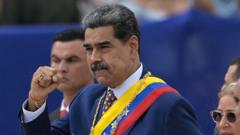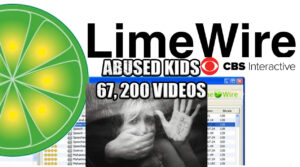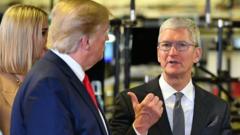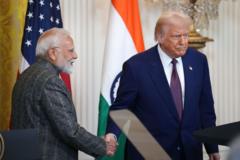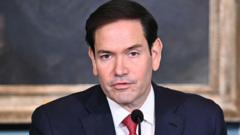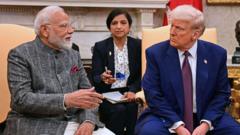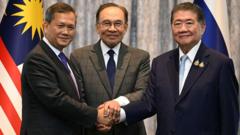The South Korean beauty industry, often dubbed K-beauty, is experiencing a potential downturn as President Trump's newly imposed import tariffs could lead to steep price increases and affect consumer behaviors.
K-Beauty Faces Challenges Amid Trump's New Tariffs

K-Beauty Faces Challenges Amid Trump's New Tariffs
South Korea's beauty industry feels the pressure as U.S. tariffs raise product prices.
With a fervent following, Korean beauty products have skyrocketed in popularity thanks to their innovative formulas and affordability. As reported, U.S. consumers spent around $1.7 billion on K-beauty items in 2024, marking a significant leap from previous years driven by a growing appreciation for South Korean culture and skincare practices.
However, with Trump's recent decision to apply a 15% tariff on South Korean imports, concerns are mounting among U.S. retailers and consumers alike. The threat of further tariff increases, which originally started at 25%, has prompted many retailers to order more stock preemptively in anticipation of increased costs. For instance, Cheyenne Ware of Santé Brand noted a remarkable 30% spike in orders after the tariff announcement, showcasing the strategic shifts in consumer intentions.
Economists predict that while larger K-beauty brands may withstand the financial hit thanks to healthier profit margins, smaller companies operating on thinner margins will struggle to maintain current pricing structures. Winnie Zhong, a manager at another retailer, has identified this urgency among businesses to stock up before the tariffs take full effect. However, they caution that price hikes seem inevitable across the board.
Despite these challenges, many consumers, including avid fans like Pearl Mak, express a reluctance to switch to domestic alternatives. With limited faith in U.S. products, they remain committed to K-beauty, albeit prepared to face the prospect of higher costs.
With ongoing global ramifications, the impact of these tariffs not only reverberates through the K-beauty sector but also raises questions about consumer choices—will the allure of K-beauty persist, or will rising costs drive buyers away?
As these developments unfold, the industry must navigate its way through tariffs and potential market shifts, holding steady the question of its long-term appeal in the competitive landscape of beauty products.
However, with Trump's recent decision to apply a 15% tariff on South Korean imports, concerns are mounting among U.S. retailers and consumers alike. The threat of further tariff increases, which originally started at 25%, has prompted many retailers to order more stock preemptively in anticipation of increased costs. For instance, Cheyenne Ware of Santé Brand noted a remarkable 30% spike in orders after the tariff announcement, showcasing the strategic shifts in consumer intentions.
Economists predict that while larger K-beauty brands may withstand the financial hit thanks to healthier profit margins, smaller companies operating on thinner margins will struggle to maintain current pricing structures. Winnie Zhong, a manager at another retailer, has identified this urgency among businesses to stock up before the tariffs take full effect. However, they caution that price hikes seem inevitable across the board.
Despite these challenges, many consumers, including avid fans like Pearl Mak, express a reluctance to switch to domestic alternatives. With limited faith in U.S. products, they remain committed to K-beauty, albeit prepared to face the prospect of higher costs.
With ongoing global ramifications, the impact of these tariffs not only reverberates through the K-beauty sector but also raises questions about consumer choices—will the allure of K-beauty persist, or will rising costs drive buyers away?
As these developments unfold, the industry must navigate its way through tariffs and potential market shifts, holding steady the question of its long-term appeal in the competitive landscape of beauty products.


